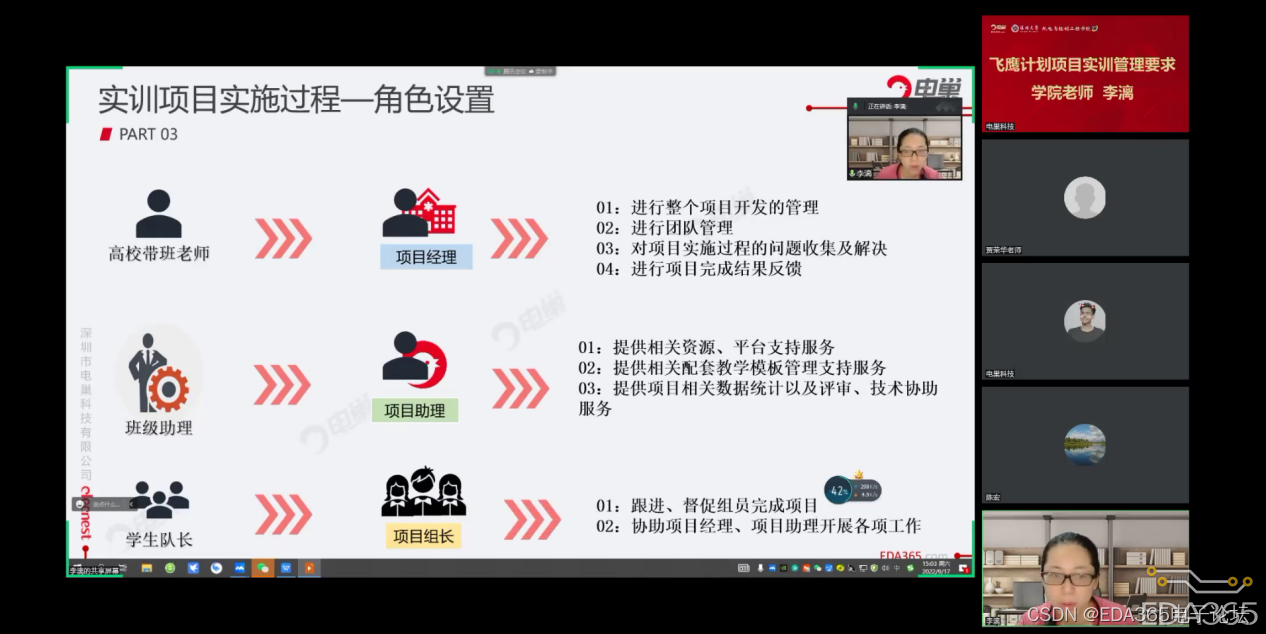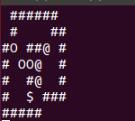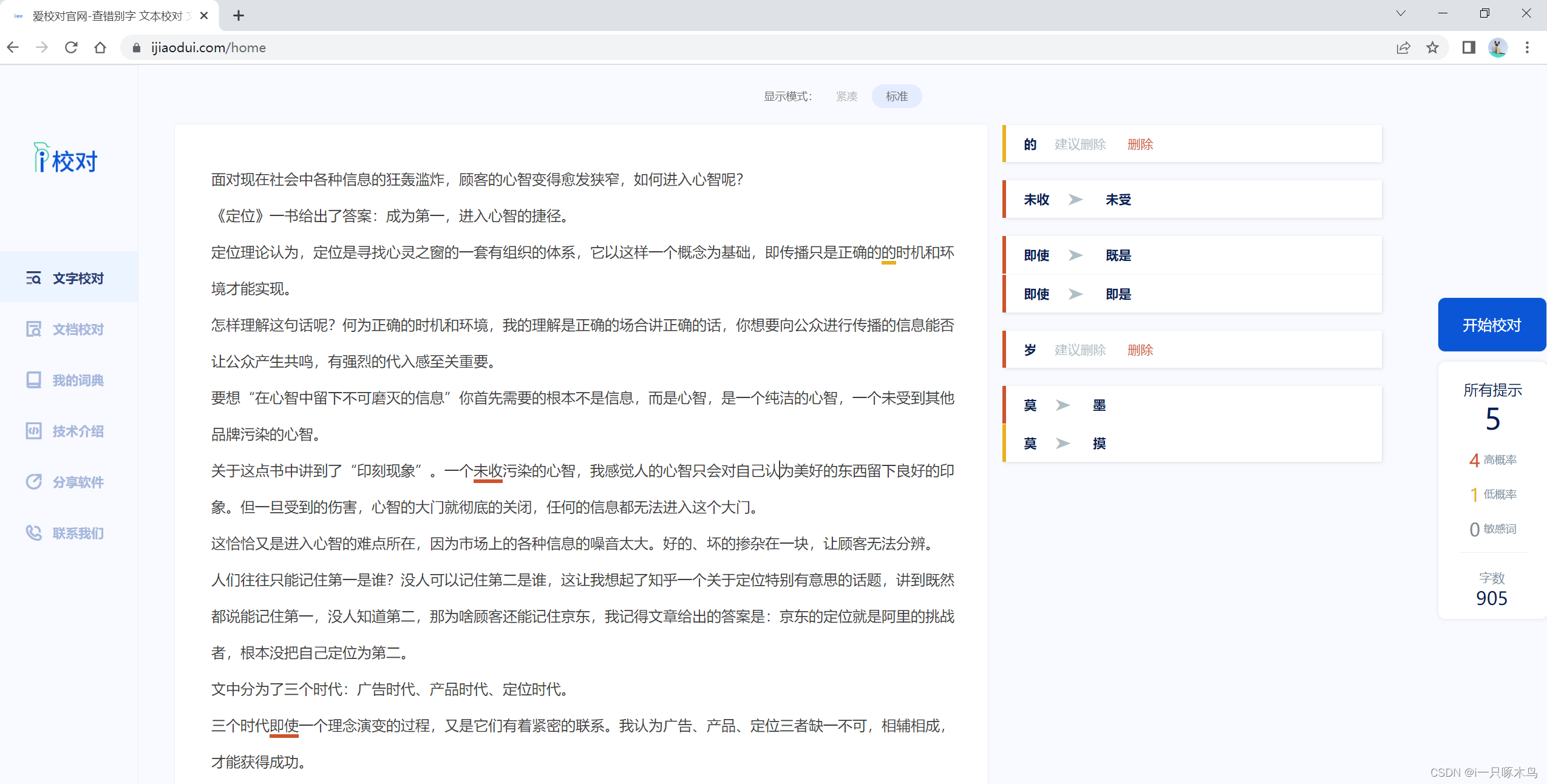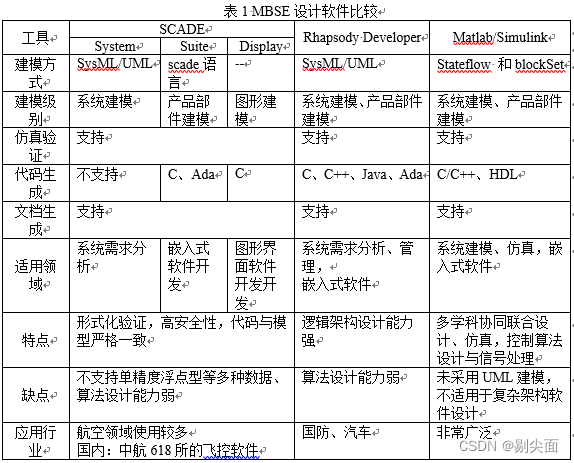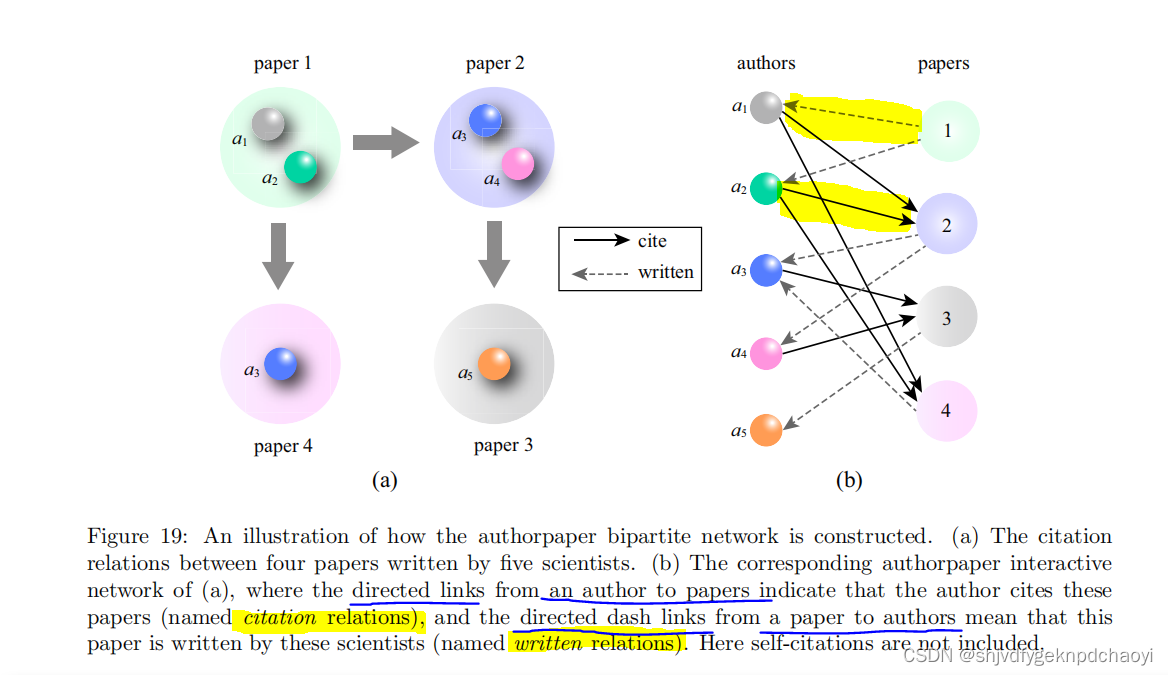栈的应用:火车调度
问题概述
输入第一行是一个整数N,表示车厢的数量;第二行是一个由Y于R组成的字符串,表示车厢的排列,其中Y表示硬座,R表示软座。我们的任务,是借助一个栈,使得车厢的顺序变为软座在硬座前。
输出是一个由I与O组成的字符串,代表栈的操作,I表示入栈,O表示出栈
思路分析
逐一读入火车字符串,遇到硬座,就把它入栈缓存,遇到软座,就先入栈,然后立刻出栈(相当于没有缓存),最后,当所有车厢被读入完毕,此时所有硬座都在栈内缓存,依次出栈直到栈空为止。
代🐎与注释
#include<stdio.h>
#include<malloc.h>
#include<stdlib.h>struct ListNode {char data;ListNode* Next;ListNode* Last;
};
struct List {ListNode* header;ListNode* trailer;int _size;
};void CreateList(List* l)//build the list
{l->_size = 0;l->header = (ListNode*)malloc(sizeof(ListNode));l->trailer = (ListNode*)malloc(sizeof(ListNode));l->header->Next = l->trailer;l->header->Last = NULL;l->trailer->Last = l->header;l->trailer->Next = NULL;
}void InsertList(List* l, char e)//空表,在尾节点前插入
{ListNode* np = (ListNode*)malloc(sizeof(ListNode));np->data = e;np->Next = l->trailer;np->Last = l->trailer->Last;l->trailer->Last->Next = np;l->trailer->Last = np;l->_size++;
}void PushList(List* l, char e)//入栈
{ListNode* np = (ListNode*)malloc(sizeof(ListNode));np->data = e;np->Last = l->header;np->Next = l->header->Next;np->Next->Last = np;l->header->Next = np;l->_size++;
}char PopList(List* l)//出栈
{ListNode* now = l->header->Next;char old = now->data;now->Last->Next = now->Next;now->Next->Last = now->Last;free(now);l->_size--;return old;
}int main()
{int N;//车厢总数scanf_s("%d",&N);int ready = 0;//已经处理完的车厢数List notready;CreateList(¬ready);for (int i = 0; i < N+1; i++){char tmp;scanf_s("%c", &tmp);if (tmp != '\n')InsertList(¬ready, tmp);}List train;//总栈CreateList(&train);char* out;out = (char*)calloc(2 * N, sizeof(char));int outhead = 0;while (1){if ( ready == N)break;else{if ((train._size == 0||train.header->Next->data=='Y')&¬ready._size!=0){PushList(&train, PopList(¬ready));out[outhead] = 'I';}else {PopList(&train);ready++;out[outhead] = 'O';}}outhead++;}for (int i = 0; i < 2 * N; i++)printf_s("%c", out[i]);
}测试与结果
输入:6\n YYRYRR
输出:
完
copyright swy_swy_swy , all rights reserved.


